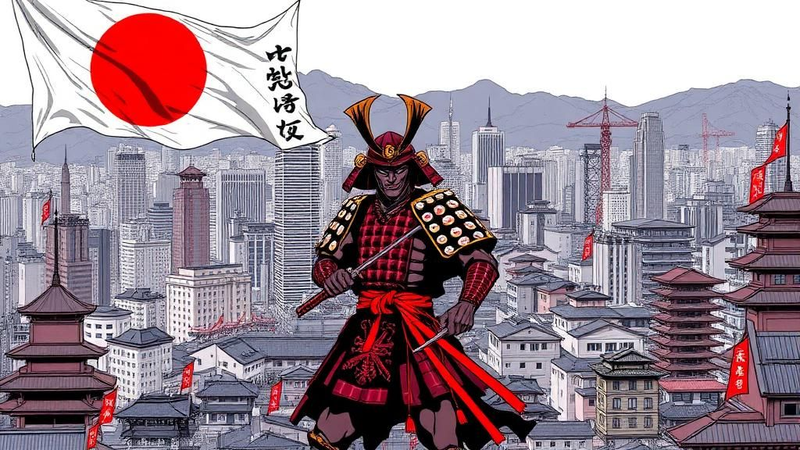If you're a fan of traditional Scottish malt whisky, I expect you fall into one of two camps; either loving the sweet, honeyed, sherry cask aged Speyside style, or preferring the drier, peat and smoke drenched islay "monsters". As a malt connoisseur, you wouldn't dream of adding ice, let alone cola, lemonade or ginger ale! to your favourite dram. Possibly the addition of a few drops of water to smooth out the hit of a cask strength bottling will be as far as you're prepared to go. Anything else would be considered sacrilege!
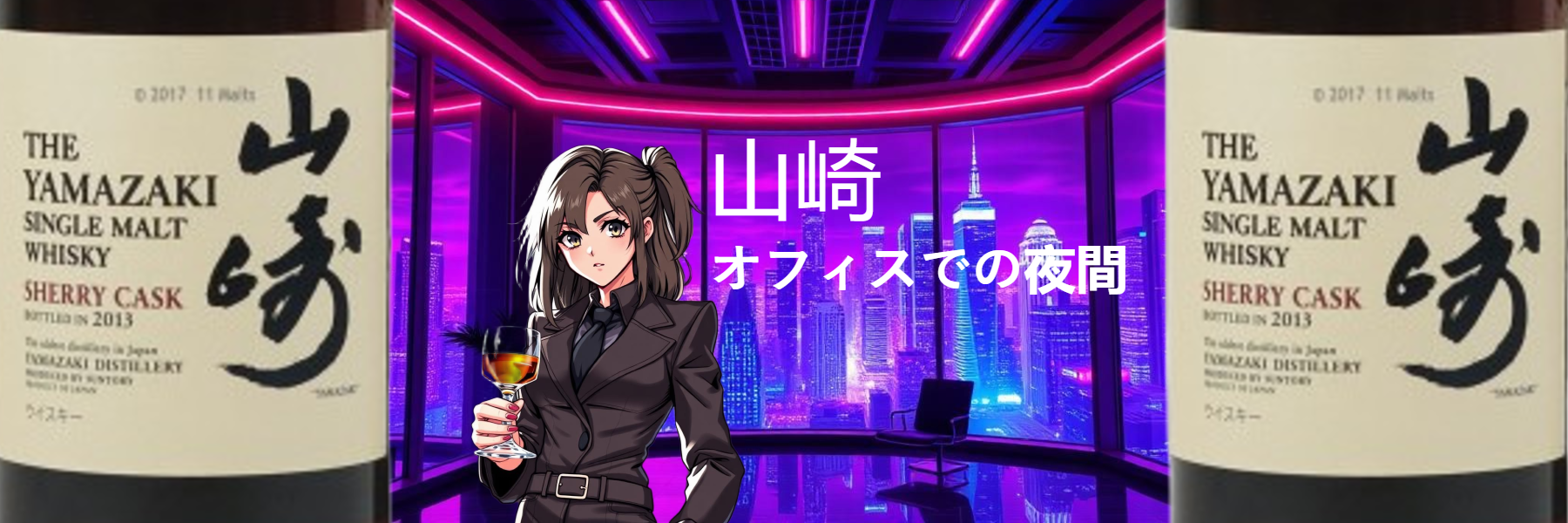
But what about trying malt whisky from other countries?
Japan has a 100 year history of making "whisky" in one form or another, with some producers even basing their products and production methods on using actual stills and malted barley from Scotland, and following the same ageing requirements as those of the mother country.
Ten or so years' ago, Japanese malts were a rare sight on export markets, and it wasn't until the surprise listing of the 2013 release of Yamazaki's Sherry Cask Aged Single Malt in Jim Murray's Whisky Bible, which challenged the establishment with the exalted award of "Best Whisky In The World". Prices were already double that of the average Scotttish malt, but overnight they turned into £100+. Everyone wanted some and the other Japanese distillers suddenly found huge demand for their "age statement" whiskies. Prices went even higher and stocks were rapidly diminished. Replacements were impossible to source as all the whisky had legally to be the full age stated on the label. You couldn't blend in younger whisky without changing the age on the bottle and this is exactly what happened. "NAS" (non age statement) whiskies became the norm, but the prices stayed the same! And that magical 2013 Yamazaki? If you want one today, the latest prices I found online were between £6,500 - £10,000 Wow!
How does the market for Japanese whisky look in 2025? What's hot, what's not, and how much does it all cost these days? Do you plump for a big brand name from Suntory or Nikka? The likes of Hibiki & Hakushu, Taketsuru, Yoichi and the aforementioned Yamazaki are to be found widely in the UK, but what about the independent, artisanal distillers such as the resurrected Hanyu, or the more recent Chichibu?
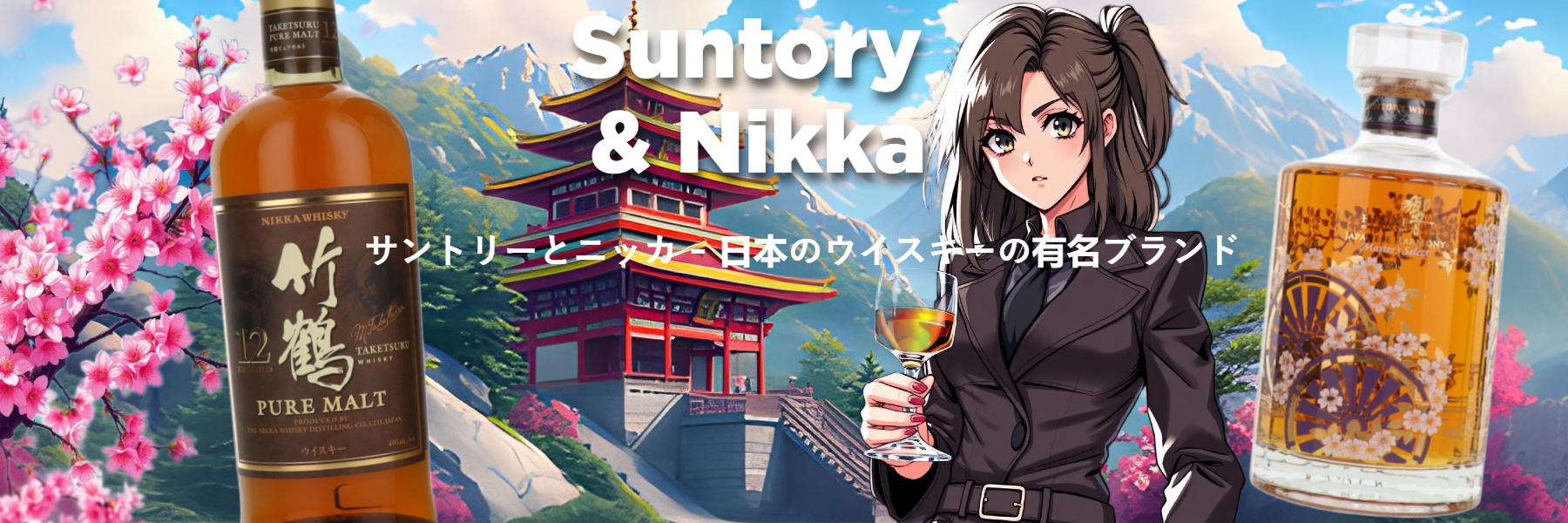
So, you've decided to try a big name bottle What will you get?
Suntory and Nikka have a rich history of blending traditional Japanese artistry with Western whisky-making techniques. The Japanese are known for their meticulous attention to detail, and this is evident in their whisky production, from grain selection to the distillation process. The focus on precision and consistency is key to their appeal.
Innovative Flavour Profiles:
Japanese whisky tends to be lighter, more delicate, and smoother than Scotch (some might say more "commercial/bland", but that's the same with any product, and it does depend on the price you're prepared to pay). While Scotch may focus on bold peat, smoke, and sherry influences, Japanese whisky offers a broader range of flavours. You might find notes like floral, fruity, honeyed, and even a subtle umami, making them versatile for different palates.
Rising Global Recognition:
Over the past two decades, Japanese whisky has gained considerable fame, with awards and accolades adding to its prestige. For example, Yamazaki 18 Year Old and Hakushu Distiller's Reserve are frequent winners of international awards, which draws in whisky connoisseurs looking for something different.
Aesthetic and Packaging:
The presentation of Japanese whisky often stands out. The packaging is sleek, minimalistic, and elegant, which adds to the premium feel. The bottles themselves often carry a sense of artistry, reflecting the craftsmanship inside.
Smaller Batch, Higher Quality:
Japanese distilleries often produce whisky in smaller batches, making them seem more exclusive. This small-batch production, coupled with a tradition of craftsmanship, lends itself to higher quality and a more refined product compared to mass-produced options.
Diversity in Offerings:
While Scotch tends to be divided into regions with specific flavour profiles, Japanese whisky offers a broad variety that allows people to explore different tastes in a single brand (e.g., Suntory's range from Yamazaki to Hibiki).
Three of the best whiskies from Suntory:
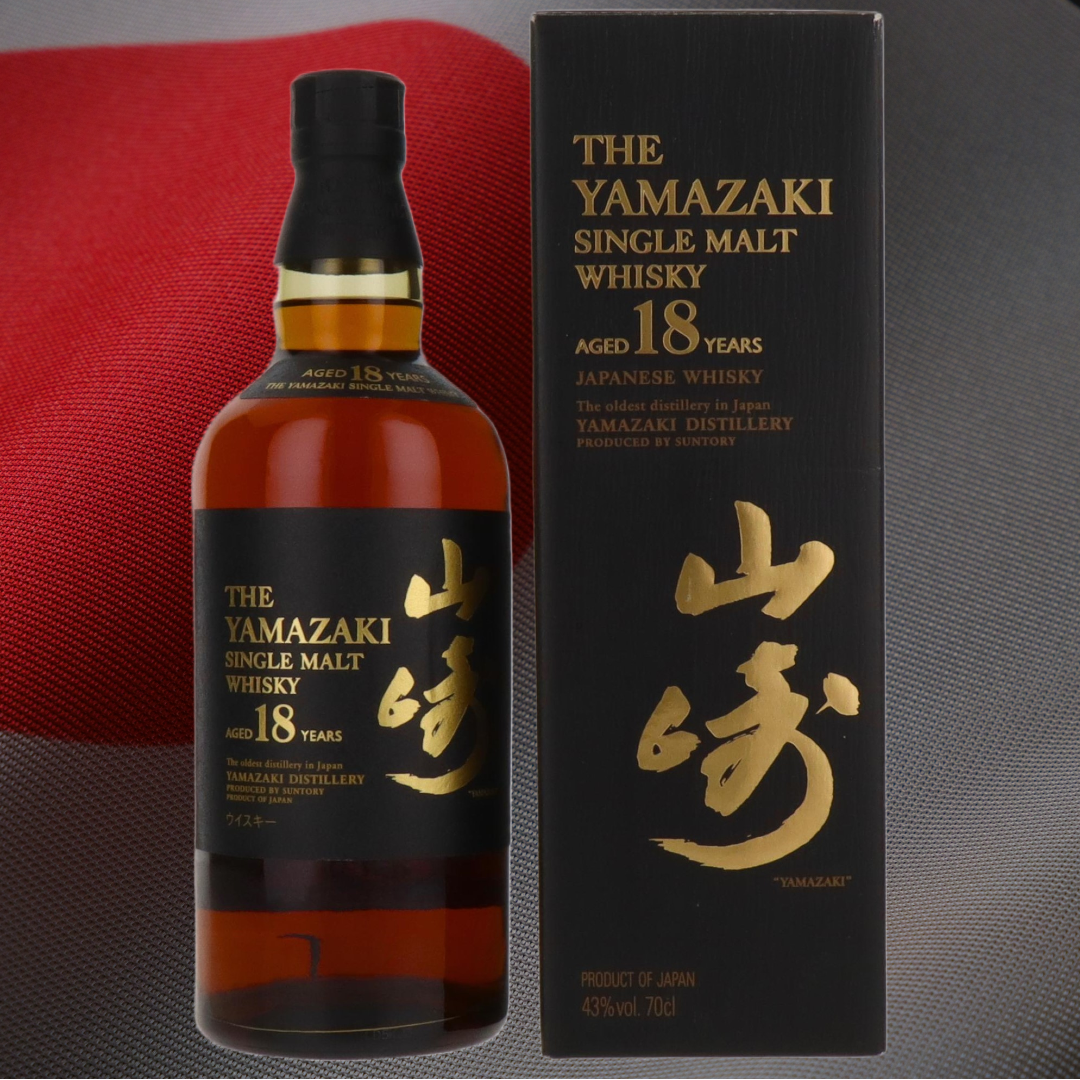
Description: Yamazaki is Japan’s oldest distillery and is considered the gold standard of Japanese whisky. The 18 Year Old is rich, complex, and has deep flavours of dark fruit, oak, and spice. It is highly regarded for its balance and smoothness.
Why it’s Special: It embodies the craftsmanship of Suntory, and it has a reputation for being one of the best examples of Japanese whisky. Only £700 a bottle for this remarkable whisky!
Hibiki 21 Year Old
Description: Hibiki is a blended whisky that combines the finest single malts from Suntory’s distilleries. The 21 Year Old is rich with notes of dark chocolate, dried fruit, and subtle wood smoke.
Why it’s Special: It’s a highly awarded whisky, winning accolades for its harmony and complexity. It’s a prime example of how Japanese whisky can balance different flavours seamlessly.
Hakushu Distiller’s Reserve
Description: Hakushu is a more subtle, lighter expression with fresh herbal notes and a hint of smoke. The Distiller’s Reserve offers a refreshing, slightly smoky, and herbaceous flavour profile.
Why it’s Special: It’s an excellent introduction to Japanese whisky, especially for those who enjoy a lighter, less intense flavour.
Three of the best whiskies from Nikka:
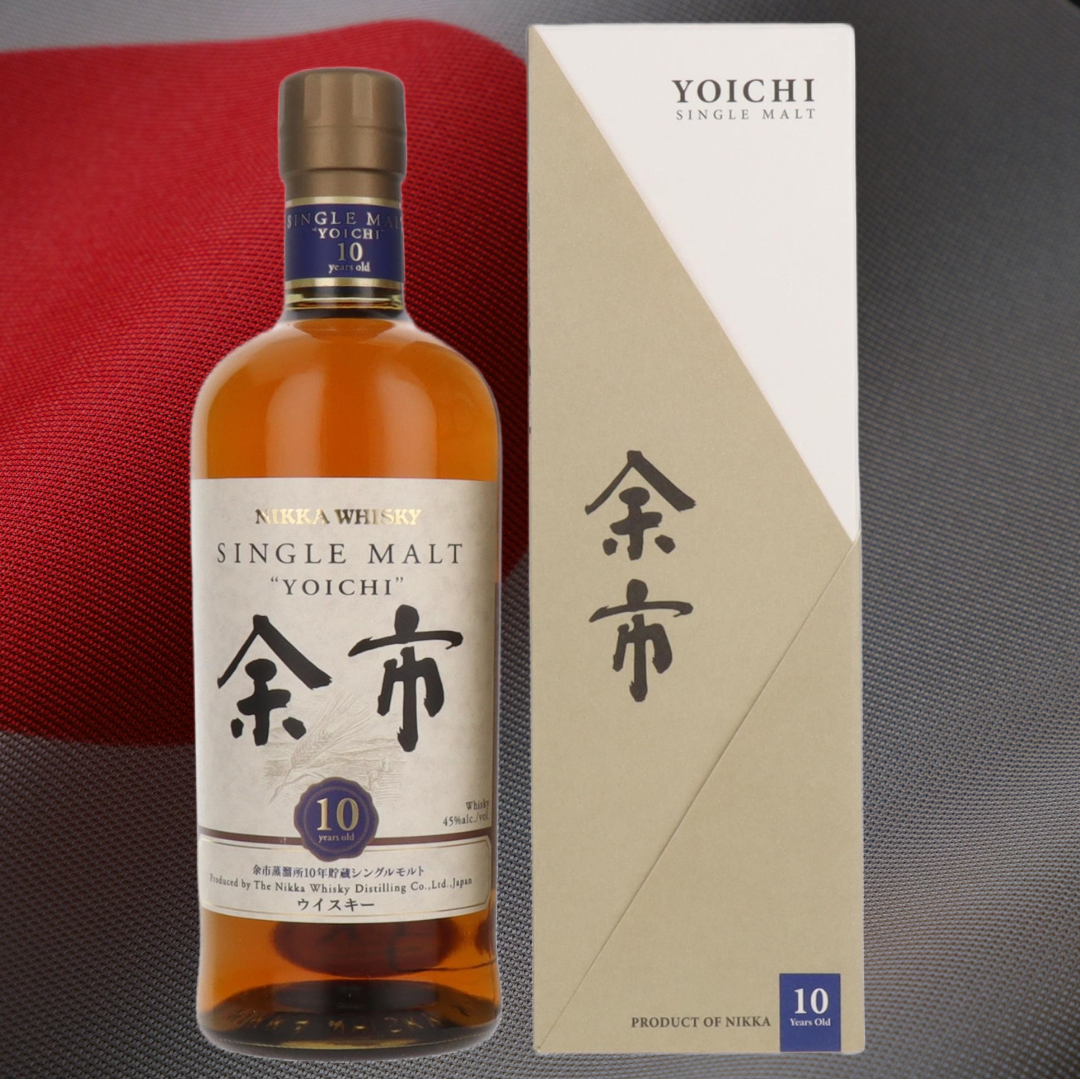
Description: Yoichi is a more peated expression compared to many Japanese whiskies, with a smoky, bold flavour profile similar to a Highland Scotch. It’s rich in spice, leather, and peat smoke.
Why it’s Special: For those who enjoy a more robust, peat-driven whisky, Yoichi is an excellent choice. It has a distinctive, powerful flavour that stands out among other Japanese whiskies. If you've got £400 - £500, you can enjoy one of these exceptional bottles!
Miyagikyo Single Malt
Description: Miyagikyo is the softer, fruitier counterpart to Yoichi, with floral notes, honeyed sweetness, and a light, smooth finish. It’s often considered more refined and delicate.
Why it’s Special: It’s the perfect whisky for someone who appreciates a softer, more nuanced flavour, and it’s often cited as a more “elegant” whisky. A bargain £175 a bottle for the 10 year old version.
Nikka From the Barrel
Description: A blend of malt and grain whiskies, Nikka From the Barrel offers a bold, rich, and complex flavour with deep notes of vanilla, caramel, and spice. It’s bottled at a higher proof (51.4%) but remains smooth and well-balanced.
Why it’s Special: It’s an exceptional value for the price and is one of Nikka’s most popular offerings, loved for its depth and complexity. An affordable £51.95 for a 50cl bottling.
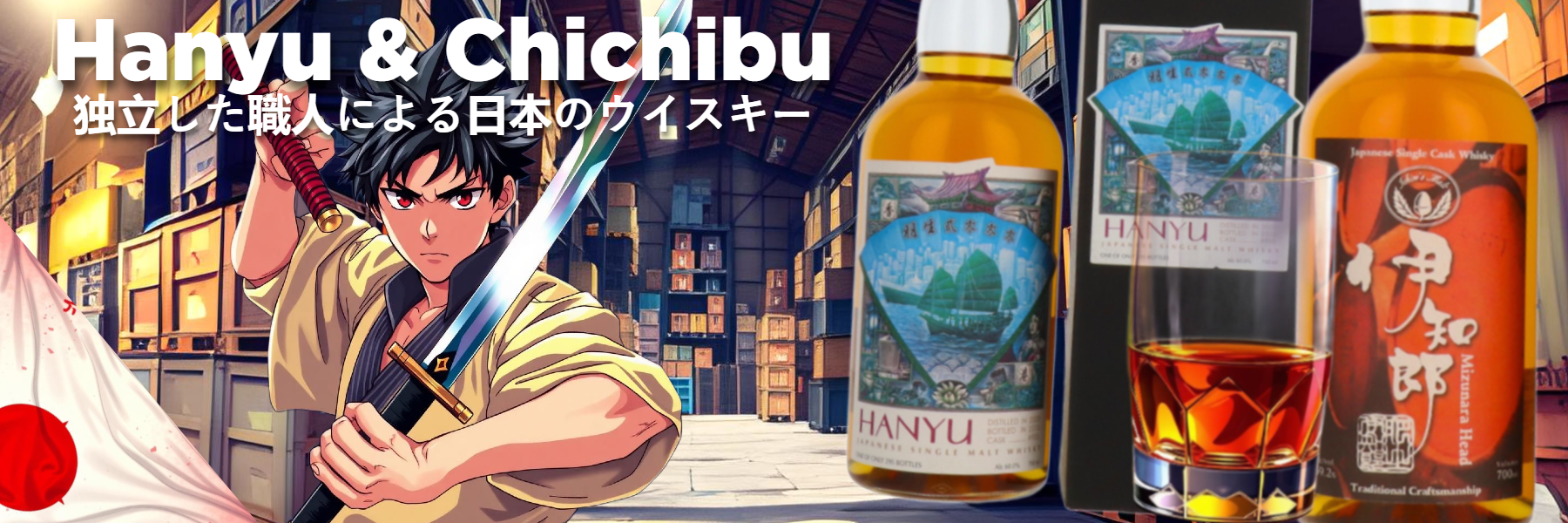
If you want to be adifferent from the crowd, the artisan distillers offer a unique take on Japanese whisky. Think of them featuring in a wild "Manga" cartoon as the heroic, downtrodden, independent fighting against the overpowering, conglomerate, corporate "big boys". A true "David V. Goliath" story. Who will win the contest?
Many of these handmade whiskies never leave Japan. As usual, you'll hear the cry of, "They keep all the best stuff for themselves", from consumers looking for the rarer bottles. Unless you visit a Tokyo department store for an exclusive cask bottling, or the duty-free at the airport, you're going to have to pay a very high premium to access these bottles, many of which are made in miniscule, limited quantities; often less than 300 bottles.
Chichibu, created by Ichiro Akuto, grandson of the founder of the original Hanyu distillery, released its first whisky in 2008 to great acclaim. The early bottlings included aged malt stock from the bankrupt/defunct Hanyu operation whose final casks of malt were puchased by ichiro before they could be thrown away as they were considered almost worthless! After a 20 year hiatus, Hanyu triumphantly reopened in 2021.
So, you've decided to try an artisan bottle What will you get?
A Personal Product:
A whisky which emphasises the story behind every bottle, showing the community effort that goes into their creation. Hanyu, with its rich history, leans heavily into its family legacy, reminding people of the importance of craft. Hanyu and Chichibu personalise their brands in a way that Suntory and Nikka can’t—shifting the focus from "corporate" to "human."
In an age where consumers increasingly value authenticity over marketing, this strategy allows smaller distilleries to create a loyal fanbase who would refuse to be swayed by corporate offerings.
Building a Cult Following:
Suntory and Nikka have all the marketing power in the world, but Hanyu and Chichibu can build something far more powerful: a cult following. In a crowded marketplace, customers are willing to spend more if they believe they are part of something special—something exclusive.
By continuing to release limited-edition runs of special cask finishes, and collaborating with renowned chefs or artists, both distilleries can cultivate a fanbase of whisky lovers who view these bottles as collector’s items or liquid works of art. Hanyu and Chichibu cultivate a sense of ownership over their products. This creates a community of people who want these distilleries to succeed and are even willing to pay a premium for rare releases.
Additionally, events like whisky tastings, festival appearances, and brand ambassador programmes enable the formation of personal connections with customers that the corporate giants cannot replicate. If you want something truly unique, something that embodies the soul of Japan, come to the artisan producer.
Focus on Innovation and Adaptation
While Suntory and Nikka are playing it safe with their tried-and-tested recipes, Hanyu and Chichibu’s innovation set them apart. Chichibu’s experimentation with unconventional casks (such as Mizunara oak or red wine/port casks) has already set them on a path of innovation, allowing them to create unique flavour profiles that corporate distilleries can’t easily replicate.
A pair of fabulous whiskies to try from Hanyu and Chichibu:

Hanyu Ichiro's Malt "The Final Vintage Of Hanyu" 15 Year Old
Description: NOSE: Sweet, earthy, mossy, peat smoke, vanilla, maple syrup, oaky, white fruit (apples, pears), orange marmalade TASTE: Oily, creamy, peat smoke, ashy, sweet malt, chocolate, cherries, blueberries, fruity (apples, oranges, nectarines, apricots) FINISH: Long, sweet, oaky, spicy, aniseed, mint"
Why it’s Special: A rarity from the distillery's final year of production which will be yours for only £2,000
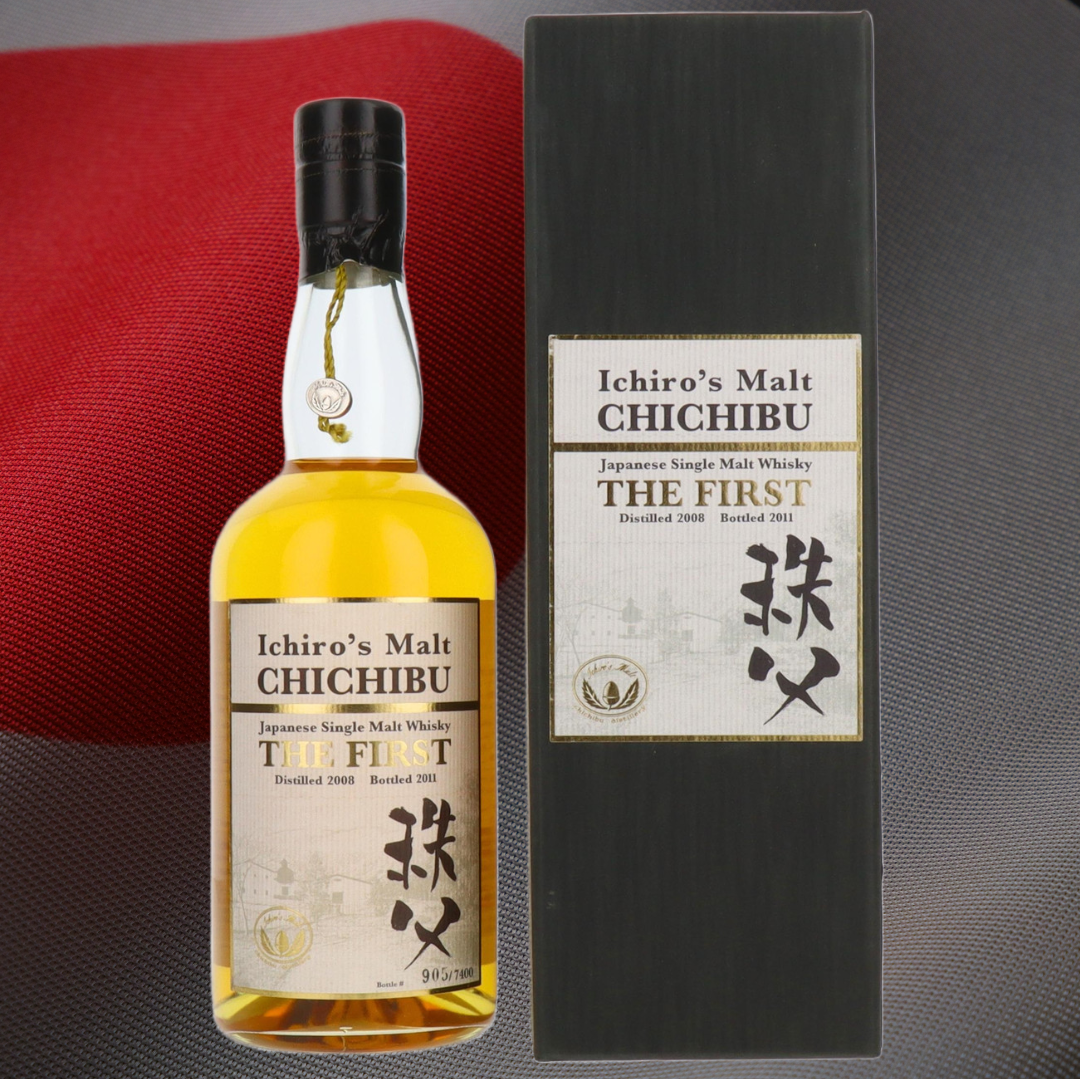
Chichibu Hanyu Ichiro's Malt "The First" Distilled 2008
Description: NOSE: Vanilla, honey and tropical fruit (pineapple & mango), delicate cinnamon spice and a subtle floral note. PALATE: Full and round with layers of butterscotch, toasted nuts and juicy peaches. A note of sandalwood spice from the Mizunara oak. FINISH: Long, harmonious and elegant with honey, soft spice and wood.
Why it’s Special: Follow it up with a firdt edition from the new Chichibu distillery for a mere £1000

The Final Chapter: A New Era for Japanese Whisky
In the end, the ongoing battle between Suntory, Nikka and the underdogs, Hanyu and Chichibu, represents the struggle between mass production and small-batch craftsmanship, between global reach and local authenticity. While the corporate giants may try every trick in the book to subdue the smaller players, it’s the heart and soul of Japanese whisky craftsmanship—embodied by Hanyu and Chichibu—that will ultimately win the day. David beats Goliath once again!

